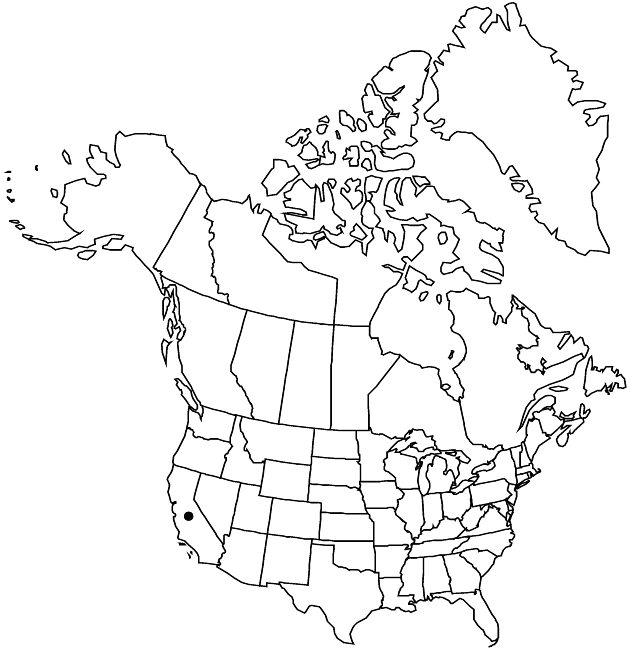Difference between revisions of "Agnorhiza bolanderi"
Phytologia 85: 19. 1999.
IllustratedEndemic
Basionym: Balsamorhiza bolanderi A. Gray Proc. Amer. Acad. Arts 7: 356. 1868
Synonyms: Wyethia bolanderi (A. Gray) W. A. Weber
FNA>Volume Importer |
imported>Volume Importer |
||
| (2 intermediate revisions by 2 users not shown) | |||
| Line 6: | Line 6: | ||
|place=85: 19. 1999 | |place=85: 19. 1999 | ||
|year=1999 | |year=1999 | ||
| + | }} | ||
| + | |special_status={{Treatment/ID/Special_status | ||
| + | |code=F | ||
| + | |label=Illustrated | ||
| + | }}{{Treatment/ID/Special_status | ||
| + | |code=E | ||
| + | |label=Endemic | ||
}} | }} | ||
|basionyms={{Treatment/ID/Basionym | |basionyms={{Treatment/ID/Basionym | ||
| Line 55: | Line 62: | ||
|publication title=Phytologia | |publication title=Phytologia | ||
|publication year=1999 | |publication year=1999 | ||
| − | |special status= | + | |special status=Illustrated;Endemic |
| − | |source xml=https:// | + | |source xml=https://bitbucket.org/aafc-mbb/fna-data-curation/src/2e0870ddd59836b60bcf96646a41e87ea5a5943a/coarse_grained_fna_xml/V19-20-21/V21_247.xml |
|tribe=Asteraceae tribe Heliantheae | |tribe=Asteraceae tribe Heliantheae | ||
|subtribe=Asteraceae (tribe Heliantheae) subtribe Ecliptinae | |subtribe=Asteraceae (tribe Heliantheae) subtribe Ecliptinae | ||
Latest revision as of 20:10, 5 November 2020
Plants (10–)15–30 cm. Stems decumbent, seldom distally branched. Cauline leaves: blades oblong, ovate, rounded-deltate, or suborbiculate, 4–12 cm, bases ± truncate or cordate, margins entire, faces glabrous (shining, finely gland-dotted, ± glutinous). Heads held among or beyond leaves. Involucres ± campanulate, 15–25(–30+) mm diam. Outer phyllaries ovate to ovate-lanceolate, 10–40+ mm (seldom surpassing ray corollas). Ray florets (7–)8–12, laminae (12–)20–30(–35) mm. Cypselae 7–9 mm, glabrous; pappi 0 or coroniform, 0.1–0.3 mm. 2n = 38.
Phenology: Flowering Mar–Apr(–May).
Habitat: Openings in chaparral
Elevation: 600–800 m
Discussion
Agnorhiza bolanderi is known only from the foothills of the Sierra Nevada, where it evidently grows only on serpentine soils.
Selected References
None.
Lower Taxa
None.

